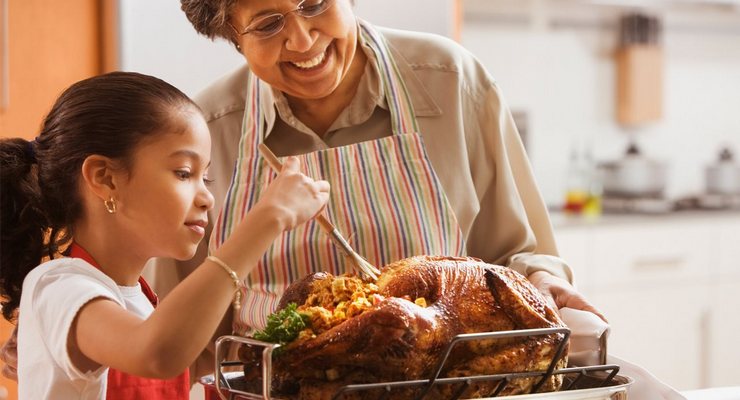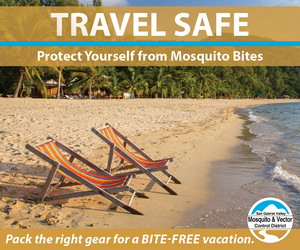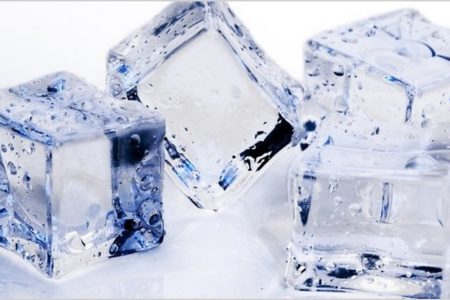
Traditional gatherings have returned as friends and family across the country are planning to celebrate in person together. As holiday hosts begin to prepare for festivities, it’s important to create a safe, healthy environment for family and guests.
An estimated 79% of those who plan to have Thanksgiving dinner this year will cook a meal at home or eat a home-cooked meal at a friend or family member’s home, according to a study by The Harris Poll commissioned by Kidde, a residential fire safety leader. The National Fire Protection Association (NFPA) reports Thanksgiving is the top day of the year for home fires, with three times as many home fires occurring than on a typical day.
Cooking fires represent over 50% of all home fire starters, yet 39% of respondents do not have a fire extinguisher in the kitchen area and 21% do not have one in the home at all, found the study. Moreover, 51% of respondents couldn’t accurately identify the replacement time for disposable fire extinguishers, which is 12 years.
To help boost your home’s fire protection, install a kitchen-rated (Class K) fire extinguisher, like Kidde’s RESSP, engineered to extinguish grease and oil fires. Keep it nearby while cooking and make sure to keep it positioned behind the cooking area (not under the sink or in a cabinet next to the stove). What’s more, install at least one general purpose-rated (Class ABC) fire extinguisher, like Kidde’s FX210, on every level of the home.
Follow this advice to help your family host and celebrate the holidays safely:
BEFORE COOKING
1. Clean away old grease and fats: Prior to use, remove leftover or residual grease and fats, which can ignite.
2. Roll up those sleeves: Or better yet, wear short sleeves. When cooking, avoid wearing long sleeves or loose clothing that could catch fire from over a burner or other heat source. Short sleeves are a great option.
3. Know how to deal with an oven fire: If you have a fire in the oven, don’t open the oven door. Turn off the oven heat and let the contents cool completely before attempting to open the door. If flames escape the oven or the fire does not immediately go out, evacuate family members and pets, and then call 9-1-1.
4. Test smoke and carbon monoxide alarms: Replace batteries or alarms if needed. Smoke alarms should be replaced every 10 years and installed at least 10 feet away from cooking appliances. A smoke alarm designed specifically for the kitchen, like Kidde’s Worry-Free Kitchen alarm, will help reduce false alarms from cooking smoke.
5. Check and install fire extinguishers: Disposable fire extinguishers should be checked periodically to ensure they’re still functioning properly. Look at the gauge: if the needle is in the green, that is good, but also check the age. If it is older than 12 years, it is time to replace.
Additionally, know the PASS system for using it:
P – Pull the pin and hold the extinguisher with the nozzle pointing away from you.
A – Aim the nozzle at the fire.
S – Squeeze the lever slowly and evenly to discharge the extinguishing agent.
S – Sweep the nozzle from side to side, moving carefully toward the fire.
WHILE COOKING
6. Clear the stovetop: Remove the items that are flammable like grocery bags, boxes, wooden utensils, and towels from the cooking area.
7. Focus on cooking: Remain in the kitchen while cooking all food. If the doorbell rings or you must walk away, immediately turn off the burners. If you’re cooking on the stovetop with oil, give the dish your undivided attention to ensure that the oil doesn’t splatter or the dish doesn’t burn.
8. Keep a ring of safety: Create a three-foot “safe zone” around cooking areas clear of flammable items, kids, and pets. Curious kids and pets can accidentally turn on stove knobs or other appliances, touch hot burners, or knock over pots and pans.
AFTER COOKING
9. Clean up the area: As you did before the holiday, clean your oven, toaster oven, stovetop and other appliances. Ensure you remove any crumbs or leftover grease. Make sure all appliances are off and/or unplugged.
10. Store leftover food: Avoid leaving food on the stove. Curious pets may attempt to reach leftover food on the stovetop and accidentally start a fire in the process. The NFPA estimates that nearly 1,000 home fires are started by family pets each year.
For more ways to keep your home safe for the holiday, visit Kidde.com/thanksgiving-safety.

















